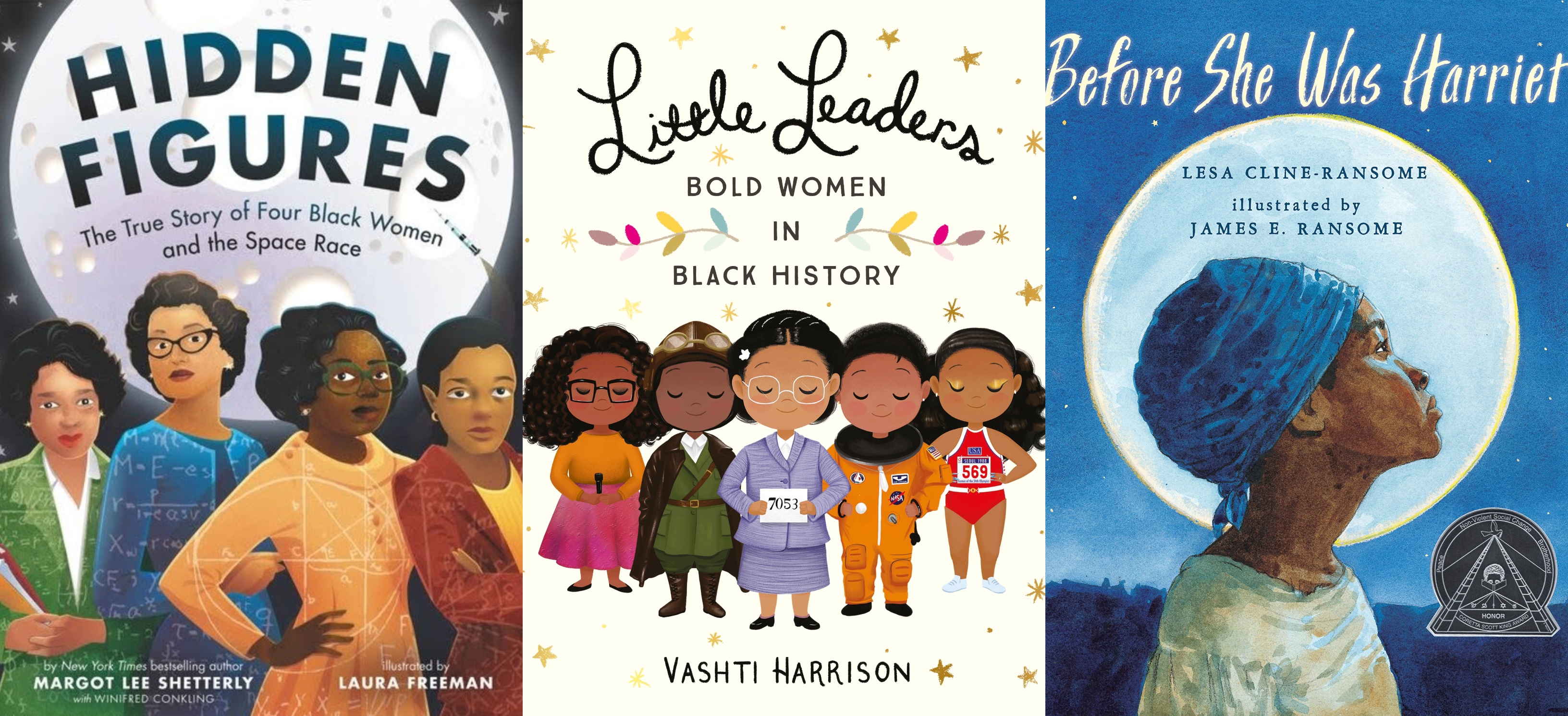
By Maddie Witter, Founding Teacher, KIPP Infinity Middle School
If you asked me to get down and give you 100 push-ups I would probably laugh. Or cry. That’s because I can’t do more than a few push-ups… yet. If I dedicated myself to spending more time practicing, analyzing my form, and getting feedback from a personal trainer I would certainly get better. Ultimately, my goal of 100 push-ups could be met.
It’s the same for our readers. In the same way that someone who works at push-ups is going to get stronger, readers who read more will become better readers. More time independently reading will lead to greater achievements in reading. In The Power of Reading, educational researcher and professor emeritus at the University of Southern California, Stephen Krashen studied the relationship between academic achievement and reading. He concluded that extensive independent reading leads to more academic gains in spelling, vocabulary, comprehension and writing than any other literacy activity.
It makes sense that more time reading leads to greater mastery. However, if we want to increase our class’s time spent reading, we need to simultaneously teach soft skills that help our students climb the mountain to and through college. One soft skill that excellent readers have is stamina. Below are kid-friendly ideas that explicitly teach students to build stamina with choice and shared texts.
Start Small, Then Build
 My trainer would much rather I do three perfect push-ups than thirty sloppy ones. From there, I can do four push-ups, then five, six, seven… until I meet a desired end-goal. Teaching a class to independently read should be done the same way. Teach students how to read for extended periods of time by gradually building the time until your class hits your desired block of time. Make it visible by tracking their progress using a fun chart.
My trainer would much rather I do three perfect push-ups than thirty sloppy ones. From there, I can do four push-ups, then five, six, seven… until I meet a desired end-goal. Teaching a class to independently read should be done the same way. Teach students how to read for extended periods of time by gradually building the time until your class hits your desired block of time. Make it visible by tracking their progress using a fun chart.
Use Bookmarks to Set Goals
Right before independent reading starts, ask students to consider how many pages they can read in the time allotted. Then, ask students to put their bookmarks at that end point. This should be differentiated for each student. As students read, many will probably notice that they not only could read up to the bookmark, but also even surpassed their goal!
Fly on the Wall’s Stamina Checklist
Show students what quality reading looks like and sounds like from a fly on the wall’s perspective. With your class, create a list that reflects what a deeply immersed reader looks like from the position of their body to how their face looks as they read. Then, create a similar list of what a distracted reader looks like. From there, create a class Stamina Checklist. This checklist becomes the criteria for your ideal stamina in the same way a personal trainer provides criteria for the perfect push-up. A sample checklist might include:
– Read without looking up for as long as I could
– Read comfortably with my head up
– Kept the reading class silent during independent reading because I didn’t tap my pencil or foot
– Wasn’t distracted by the teacher or other students moving around the room
– Met my daily stamina goal
– Laughed, smiled, or grimaced because I was really into my book
– Was in the library for a few minutes so I don’t take away from my reading time
– Realized if I got distracted, and then got back on task quickly
– Can’t wait to keep reading this book
Halftime Interruption
In a halftime interruption, you are providing real-time feedback and the opportunity to self-assess. After introducing the stamina checklist, start your students independently reading. Halfway through, pause the class asking them to identify habits from the checklist that they did well. From there, ask students to create one goal for how they could do better during the next minutes of independent reading.
For instance, I will ignore the sound of Mrs. Witter’s shoes as she walks by my desk. Repeat at the end of reading.
Continue as your class’s stamina gets stronger, stopping to reflect at halftime and at the end of independent reading. Meta-researcher John Hattie, who analyzed 50,000 studies covering all aspects of schooling, created a table that list most effective interventions that raise achievement. Top-rated is a student’s ability to self-assess.
Build Reading Stamina at Home

As your students’ stamina gets better in class, ideally you want their at home reading stamina to improve as well. One great tool you can get is a stopwatch timer app for smartphones or a timer bookmark. When kids go home to read independently, ask them to set a goal for how long they think they can read. Set the timer. Read until it buzzes!
Better yet? Kids go home and see how long they can read without setting a timer. This homework assignment is individualized and judgment free. If you read seven minutes last night, that’s awesome. See you if you can read nine minutes tomorrow night. Many popular timer apps like this one record previous day’s performance. Students then can analyze how their stamina improves over time by graphing in math class.
Team and Family
Families are a great resource for building and providing immediate stamina feedback. As a homework assignment, ask students to reach out to a family member. Students share the stamina checklist with their family, teaching them what excellent readers look like. Then, the family member assesses them giving them immediate feedback at the end. This homework assignment was a big hit with past students.
Think Big and Without Limits
One fun way to boost stamina and grit is with a read-a-thon. Inspired by dance-a-thons, students read, read, read until they drop (their eyes). For a month leading to the event, we practiced independent reading stamina. We brainstormed stamina boosters like incorporating comics and munching on snacks. Students created individualized plans that included stamina boosting ideas like series books, and rereading a favorite book. Free prizes included arm wrestling with the principal. Students read for hours, even as teachers tried to distract them by blowing trumpets! Those who demonstrated excellent stamina the longest won. Allow students to design their own read-a-thon plans so they can maximize the strategies that work for them individually. Snacks for one student might help focus while for another could be very distracting.
Visit www.reading-without-limits and checkout a list of free read-a-thon prizes, more fun ways to chart stamina, and KIPP teachers reflecting on ways to boost stamina in the class and at home.
Maddie Witter was a founding teacher of KIPP Infinity Middle School. At KIPP Infinity, Maddie taught literacy, and was the school’s founding Director of Instruction for six years. Maddie is currently building a school for incarcerated youth in Australia. Visit Maddie at www.reading-without-limits.com.






